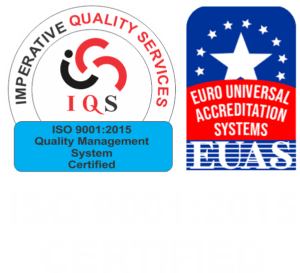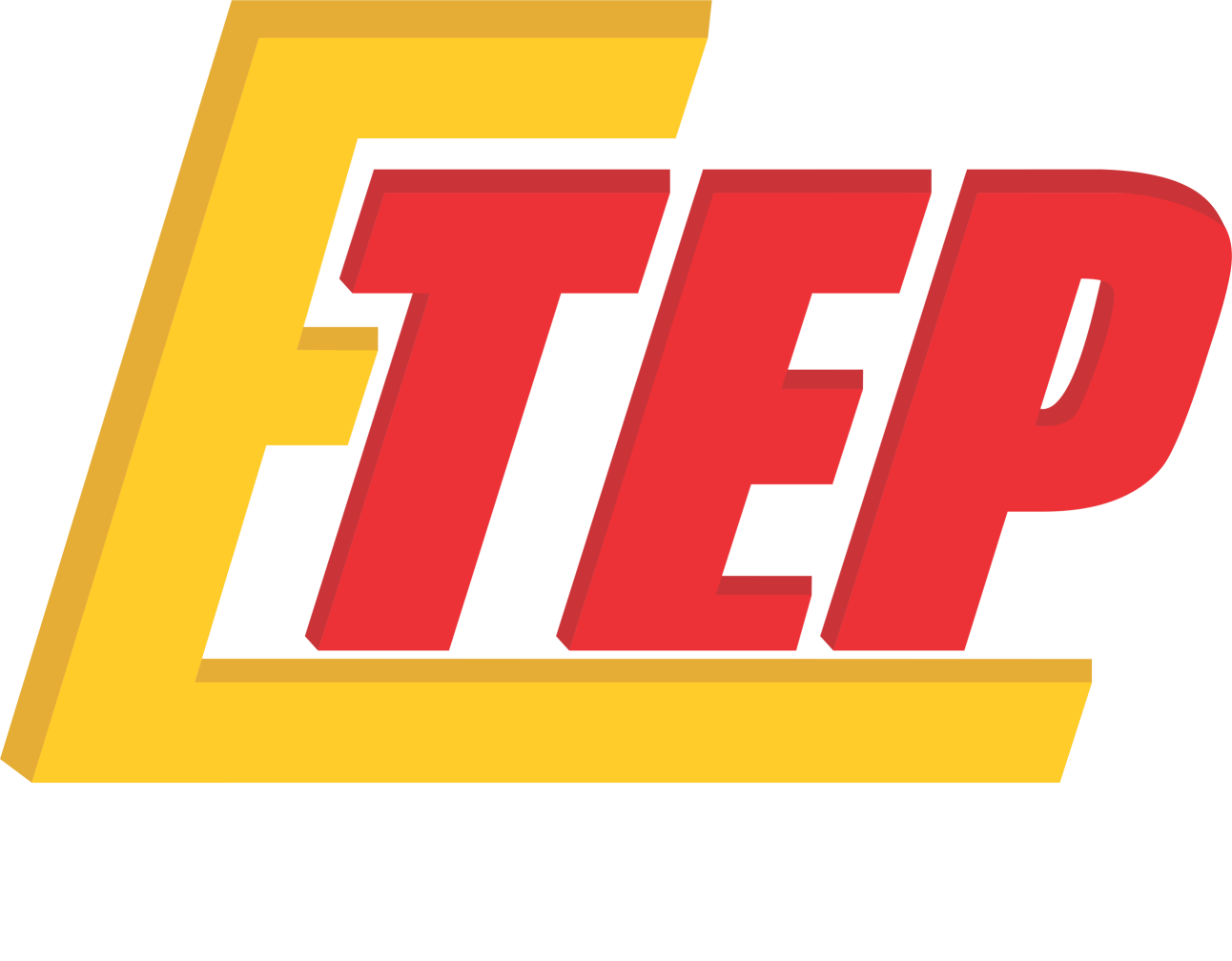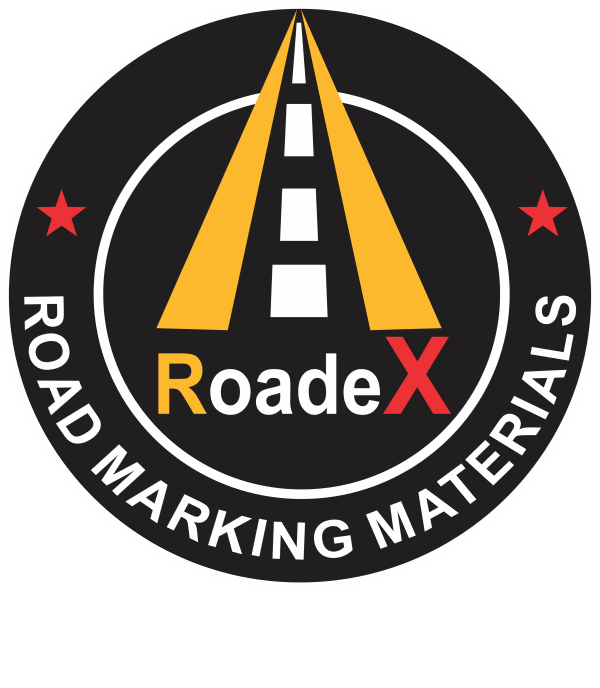PPE stands for Personal Protective Equipment is important safety equipment used at workplaces. It is worn to reduce exposure to hazards. The hazards can result in grave workplace injuries and illnesses.
The injuries result from contact with chemical, radiological, physical, electrical, mechanical, or other workplace hazards.
PPE or Personal Protective Equipment List consists of gloves, safety glasses and shoes, earplugs or muffs, hard hats, respirators, coveralls, vests, and full-body suits.
PPE(Personal Protective Equipment ) Definition
Protective equipment for employees, often known as “PPE
“is equipment worn to limit exposure to dangers that can cause serious injuries and illnesses in the workplace.
These illnesses and injuries could result from exposure to chemical or radiological substances and physical, electrical, mechanical, or other hazards at work.
Ensuring the appropriate use of PPE
All personal protective equipment (PPE) must be carefully designed, constructed, and maintained cleanly and consistently. PPE has to be designed in a way that fits comfortably and makes it easier to use. If the kit does not fit appropriately.
In that case, it can make the alteration amid being safely covered or dangerously unprotected.
When business, work practice, and managerial controls are not reasonable or do not provide adequate protection, employers must offer personal protective equipment to their workers and ensure its proper use.
Ensure that PPE is Safe and Effective
To ensure that the PPE is both safe and efficient, it should be designed based on proper guidelines. FDA has formulated Some Quality Systems Regulations and Good Manufacturing Practices. Factories and Companies like Eastern Highway that design equipment have to follow these guidelines and practices.
It is important that they uphold reliable product quality and guide performance testing to guarantee that their products follow standard consensus standards.
These standards may contain fluid resistance, leak protection, filtering capacity, or resistance to tears and snags for PPE. These regulations and practices are followed to provide a rational guarantee that the device is safe and effective.
FDA has also supplied product-specific directions for some products so that manufacturers understand the Organization’s guidelines.
PPE(Personal Protective Equipment ) & its role in Construction
PPE has to be worn in construction or reconstruction locations. It is compulsory that each employee should at least wear a safety helmet and safety glasses. Employees who are exposed to high vehicular traffic should be wearing high visibility safety vests with reflective. In case there is no traffic, long visibility shirts have to be worn at all times.
When working on a construction or renovation site, workers have to wear shirts with sleeves, long work pants, and durable work shoes or boots. The use of sleeveless /tank top shirts, short pants, sweatpants, sneakers, sandals, and high-heeled or open-toed shoes is against the dress code allowed according to the guidelines.
Sometimes there is a need for additional PPE use based on some specific situations and mostly when there exist potential hazards. The company should determine which additional equipment is required based on the preliminary Job Hazard Analysis.EHS may also be consulted.
Other PPE usually consist of
- Protective gloves
- Hearing protection
- Full face shields when cutting, grinding or chipping
- Chemical splash goggles
- Respiratory protection
- Fall protection equipment when working above 6 feet
Precise protective wear like welding leathers is required when welding or FR clothing when working with live electricity.
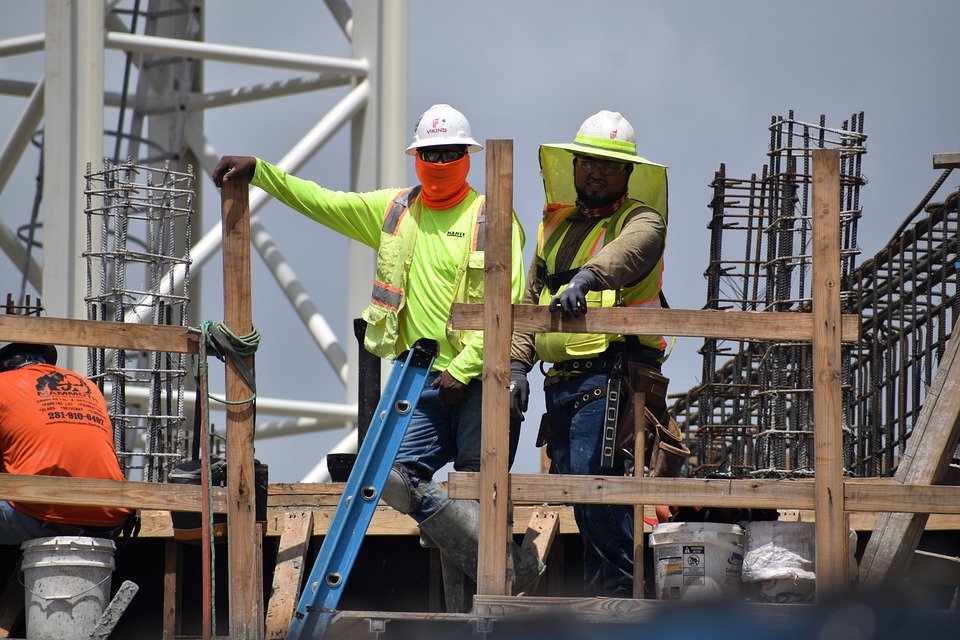
PPE & its role in Infection Control
You will find PPE in many health care settings such as hospitals, doctor’s offices, and clinical labs. PPE plays the role of a barrier between infectious materials like viral and bacterial toxins and the skin, mouth, nose, or eyes of the user.
The equipment is built with properties that hinder the transmission of contaminants from blood, body fluids, or respiratory secretions.
It can also be used to protect patients who have a high chance of contracting infections through a surgical procedure. It can also be used for patients who have a medical condition like immunodeficiency. It protects them from being exposed to materials or potentially infectious agents that are carried by visitors and healthcare workers.
When used correctly and with other infection control practices like hand-washing, use of alcohol-based hand sanitizers, and protection from coughs and sneezes.
They minimize the transfer of disease among individuals. Operative use of PPE consists of properly getting rid of and disposing of contaminated PPE. It helps to stop exposing the user and other people to disease.
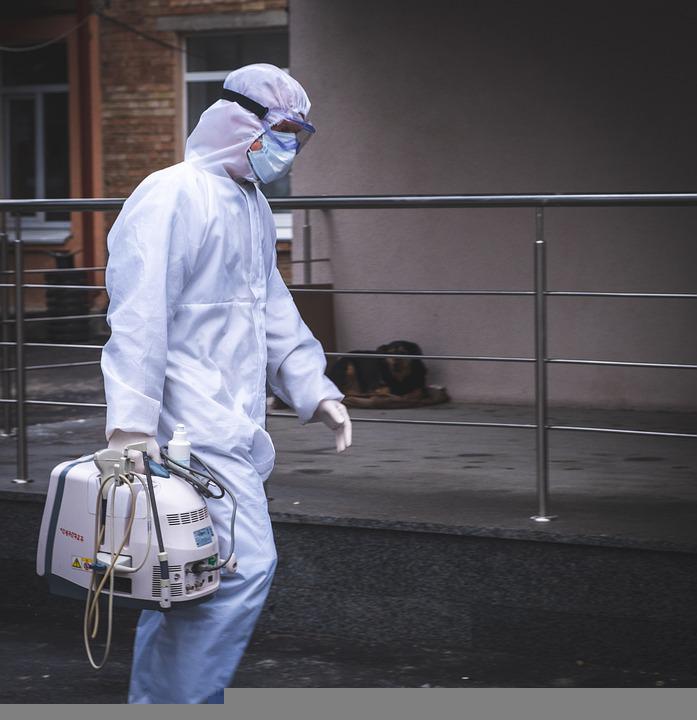
Types of PPE(Personal Protective Equipment ) used in Workspaces
Following are a few types of PPE that are used in Workplaces. They are given below:
1. Respiratory Protective Equipment
RPE is a PPE utilized to cover a particular person from inhaling unsafe substances in the workplace. RPE should only be used where satisfactory exposure control cannot be accomplished by other standards, in other terms, as a final alternative within the order of control measures: Elimination, Substitution, Engineering Controls, Administrative Controls, and PPE.
2. Hearing Protection
Hearing protection must be suitable for the user and the conditions he or she is in. It should lower the racket by the right amount while also being relaxed and secure to wear. It has an extensive scope of industrial ear plugs, safety ear plugs, corded ear plugs, and earmuffs.
3. Protection for Eye &Face
In addition to safety glasses and goggles, there are many other types of equipment. Some other equipment, including face shields or eyesores with shields, can protect your workers.
They can help to control passing fragments, hot sparks, optical radiation, and other particles such as dirt and dust from penetrating the eyes of the users.
4.PPE Helmet
PPE Helmets or Safety Helmets are vital and are required at every work site and in manual work environments. Safety helmets for industrial use are the most common and basic type of PPE.
They will be equipped with the following elements that are designed to offer good protection to your head
- Shell.
- Harness.
- Headband.
The shell that covers the outer part is typically composed of polyethylene, and the inside harness contains a series of polyethylene or band woven. The headband comes with adjustments that can alter its wearer’s height and length to improve the stability of the headband when worn.
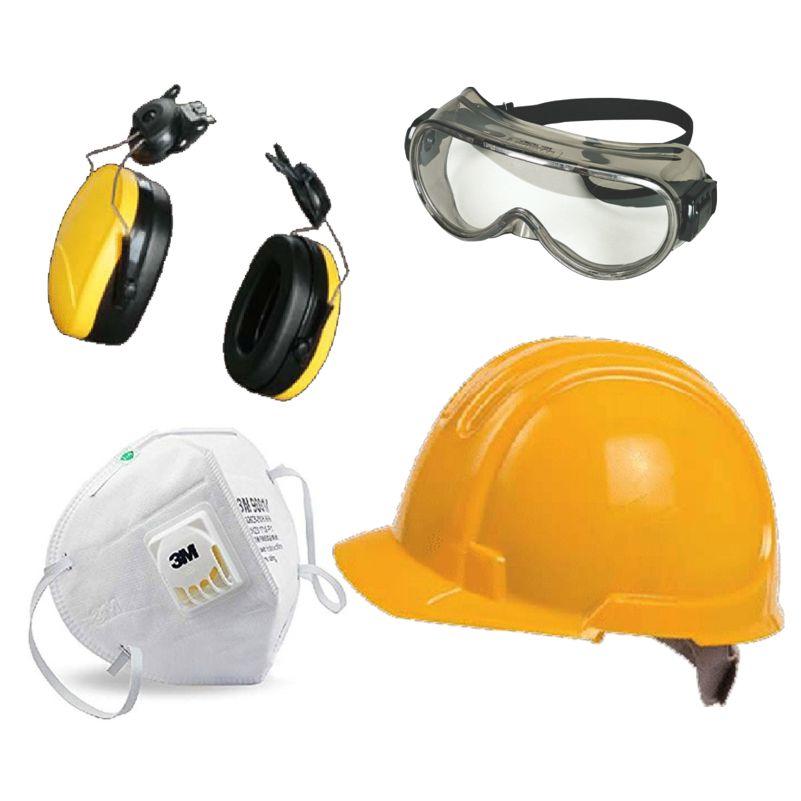
Benefits of Using PPE(Personal Protective Equipment )
The equipment is vital for use in diverse workplaces. Some of the benefits are as follows:
- Avoiding contact with harmful bacteria resources your employees will not get sick or fall prey to disease because they were not sufficiently protected from the often-dirty job they have to achieve.
- If contact with injurious bacteria or germs occurs, the gear would have lessened the risk, possibly saving the employee’s life. This is no joke, as 1 in 6 people get food poisoning every year in the world and some die from it. These microorganisms and others are permanent risk factors for people who clean for a living.
- Personal protective equipment also avoids the transmission of germs and bacteria from one person to the next. Like a dentist who needs to guarantee they wear protective gear to keep microorganisms off their tools. Cleaning staffs need to decrease cross-contamination or the dispersion of illness to additional capacity areas.
- Personal Protective Equipment, helps avert staff emergencies on the job due to inhalation, absorption, irritants, or another protracted contact with a cleaning chemical. This vigorously reduces accidents, improves the health of the employees, and makes for a safer, secure work setting.
Conclusion
Protective equipment is essential to lower eye injuries, trauma, and vision loss. The manufacturing companies must work hard to create, test, and make different eye and face protection products. Assess the protective equipment and save to wearing it regularly at work and home for you and your family.

